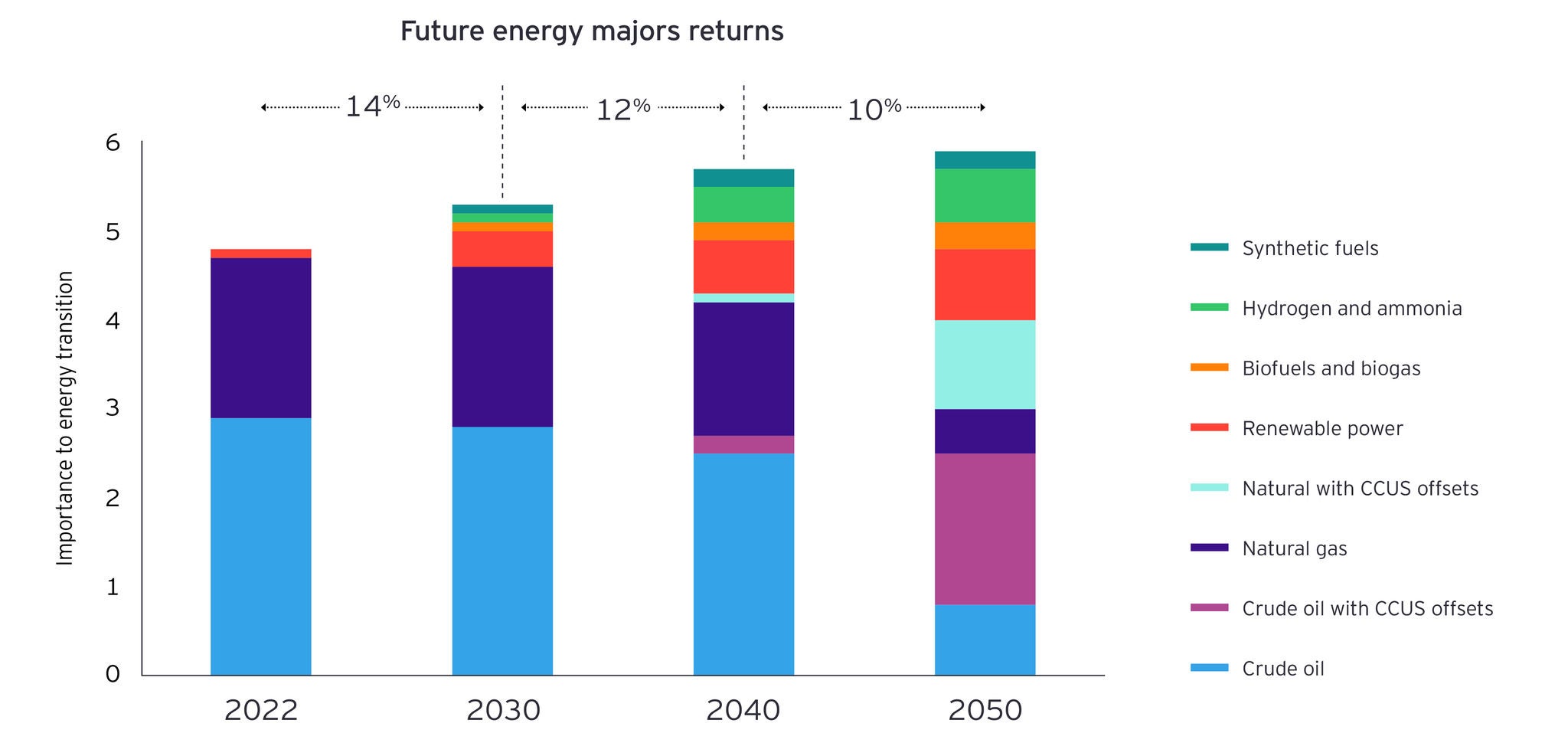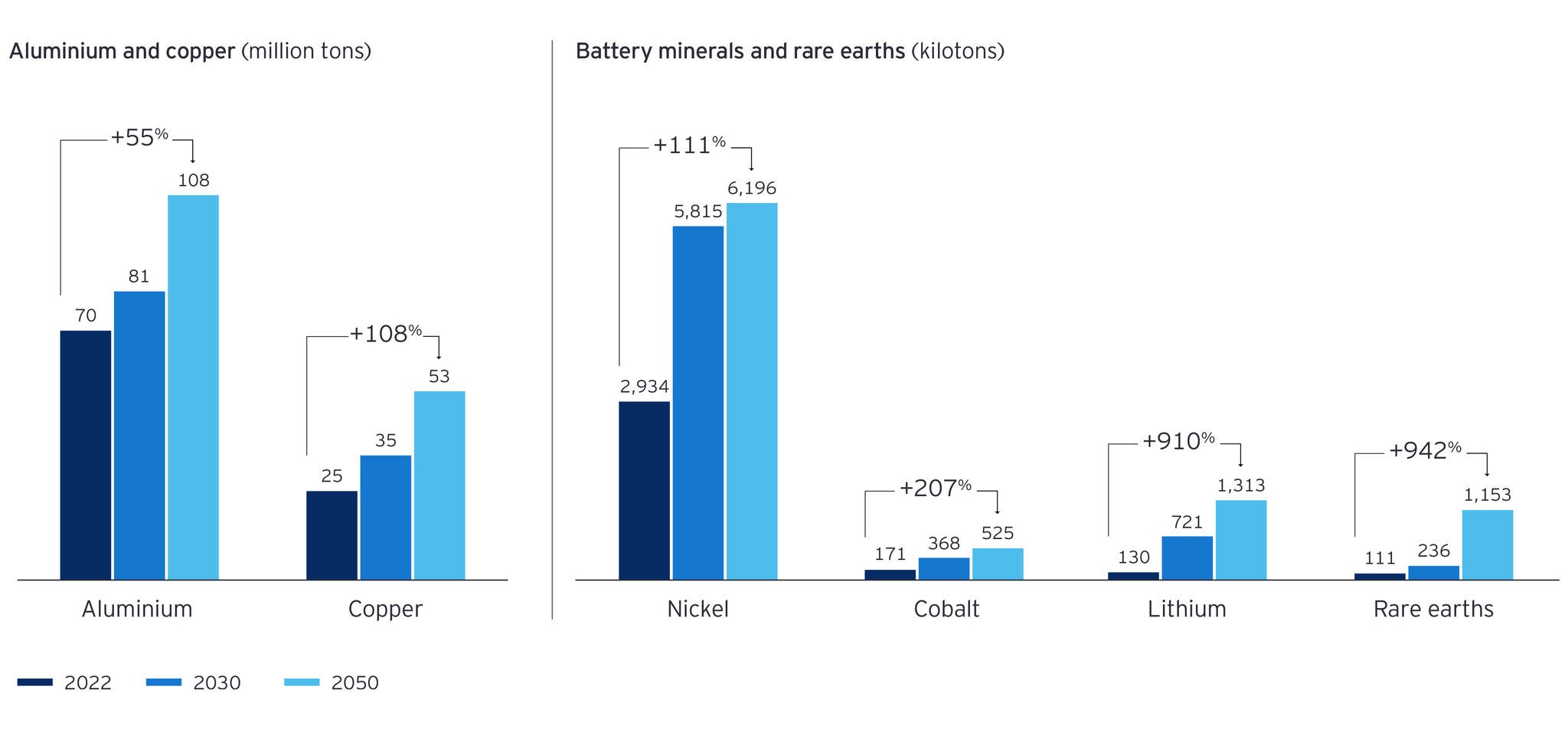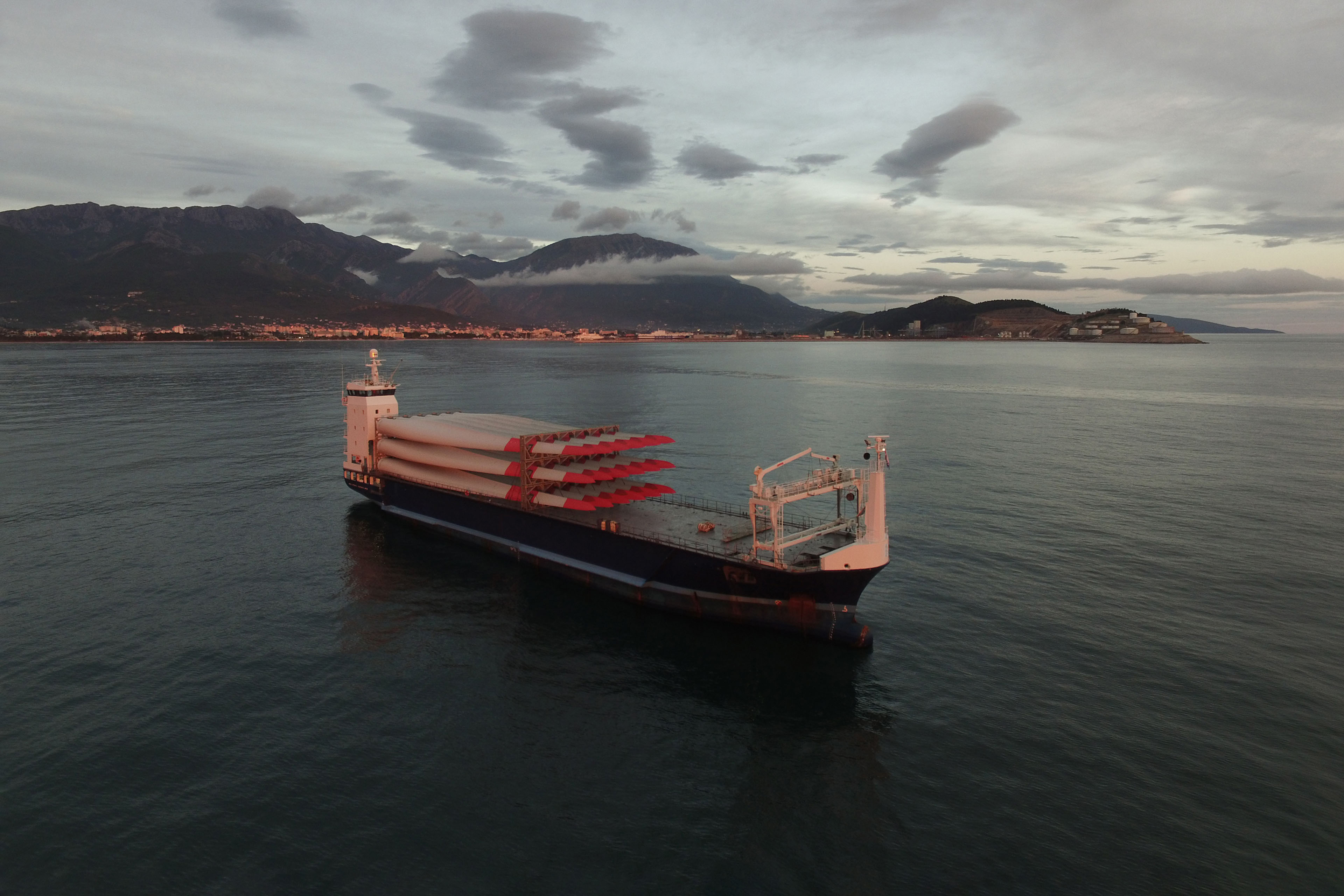EY refers to the global organization, and may refer to one or more, of the member firms of Ernst & Young Global Limited, each of which is a separate legal entity. Ernst & Young Global Limited, a UK company limited by guarantee, does not provide services to clients.
How EY can help
-
EY-Parthenon energy strategy consulting teams help C-suites drive future value-creation. Learn more.
Read more
Across the energy system, progress is becoming exponential, as technology matures and scales faster than anticipated. Innovation is beginning to decarbonize those hard-to-abate sectors once considered too difficult to transform, such as steelmaking.
But while the pace of change is accelerating everywhere, it’s not uniform. Four levers are driving change to our energy system — technology advancement, commodity supply, consumer engagement, and government policy. Our modeling of these levers reveals that the energy transitions of different markets will vary widely, in speed and in nature.
Around the world, governments are making different trade-offs between economic priorities, geopolitical ambitions and environmental goals, based on the availability of resources (commodities, capital and capabilities). These trade-offs are driving policy decisions that send signals to the market and consumers and, ultimately, determine progress.
For example, some economies, including the UK, Europe and the US, have the policies, resources, capital and infrastructure to drive a faster transition. But in Asia and Africa, many governments are prioritizing economic growth and access to low-cost energy. Across the Middle East, oil still rules for now, but some nations, including Saudi Arabia, are pursuing ambitions to become global clean energy superpowers. And even within regions, or in a single country, the story can vary. China is leading the world in wind power — in late July, the world’s biggest wind turbine began operating off the coast of the Fujian province — but also still burns more coal than the rest of the world combined.
We’re entering the decade of disruption
As multiple energy transitions accelerate, we are entering a decade of disruption. A new energy system is already emerging, but our modeling reveals that post-2030 is when we’ll see the biggest changes. By then, solar- and wind-generated electricity will power almost everything (some industries, such as aviation and transoceanic shipping, will remain dependent on hydrocarbons, at least based on current technologies). Renewables will bring supply closer to demand, creating a highly localized energy system, with more opportunities for communities (and grid challenges for power and utilities companies). Oil and gas will still be part of the energy mix, but made much greener, through synthetic and alternative fuels. Consumers, both industrial and residential, will be the primary drivers of change as they adopt more energy technologies and become active orchestrators of a flexible, intelligent electricity grid.






